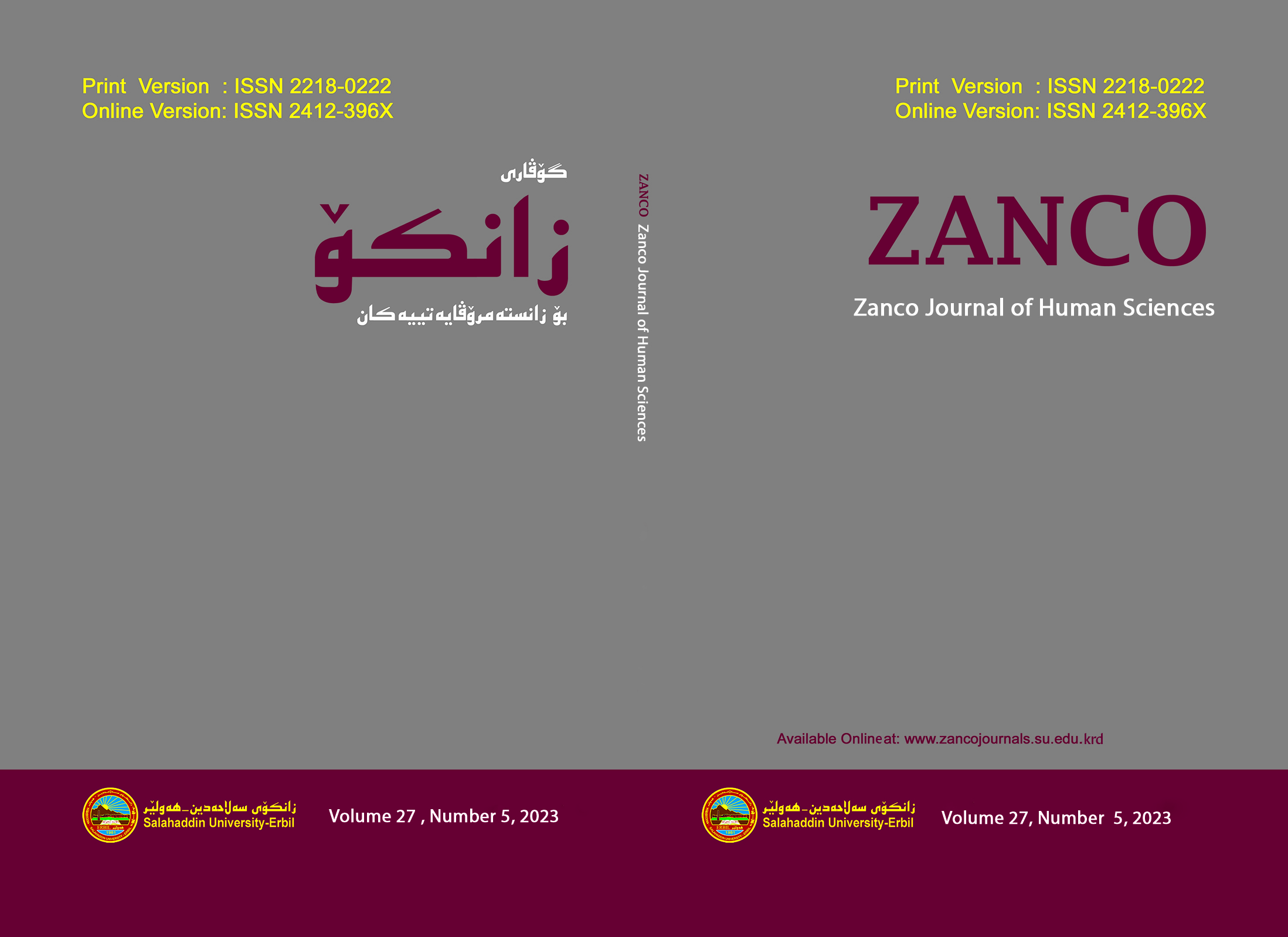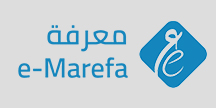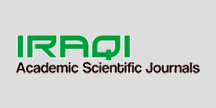Sheikh Choly (Anthropological Study)
DOI:
https://doi.org/10.21271/zjhs.27.5.1Keywords:
he Mosque, The Shrine, Sheikh Choly, The Social Function, The Religious and Spiritual Function.Abstract
Mosques and shrines are sacred to the people of Erbil. Sheikh Choly is known as a symbol of Erbil. Sheikh Choly is a mosque, cemetery, mausoleum and a place to cook food for the poor and needy. Sheikh Choly has had his own site for a long time, and the people of Erbil believe in the sanctity of this place, and this mosque is still open to worshippers. Sheikh Choly was built 139 years ago, and food has been cooked there for 120 years. The main question of the study: What are the characteristics of Sheikh Choly and how did he play his role as a mosque, a shrine and a cemetery? The importance of this research: Sheikh Choly is still a sacred place and one of the symbols of Erbil and has a special importance among the city's residents. This study aims to describe Sheikh Choly and highlight his social, religious and spiritual functions in Erbil, as well as identifying the distinctive features of Sheikh Choly in mosques, shrines and other cemeteries in Erbil. The tagged study is an anthropological study and the method used (Ethnographic and Semiology). From the results of the study: People visit Sheikh Choly as a mosque, a shrine and a cemetery, and they did not lose their confidence in his sanctity. The shrine of Sheikh Choly is visited by people, especially on Thursdays. Sheikh Choly has many religious, spiritual and social functions. Until now, the people of Erbil trust him to fulfill their wishes. Some mosques in Erbil serve Ramadan breakfast, but Sheikh Choly prepares lunch every day except on Fridays, and on the first days of Eid (Ramadan and Eid al-Adha) meals are served after the Eid sermon.
References
١-ئیسماعیل، زوبیر بیلال (2009). مێژووی هەولێر، و: عبدولخالق هورمزیار، ئینسكلوپیدیای هەولێر، بەشی سێیەم: مێژووی کۆن، بیروت: دەزگای چاپ و بڵاوکردنەوەی بەدرخان.
٢-ئیسماعیل، زوبێر بیلال(2017). شێخی چۆلی-محمد ثەنائەدین کوڕی موستەفا کوڕی حاجی عومەر ئەربیلی نەقشبەندی-، و: عیمادەدین فائیز عبدالله، چاپی دووەم، هەولێر: نوسینگەی تەفسیر بۆ بڵاوکردنەوە.
٣-العقبي، صلاح مؤيد (2002) الطرق الصوفية في الجزائر تاريخها ونشاطها، بيروت: دار البراق.
٤-حسام الدین، برکات(2018)، التحولات الثقافیة لزیارة الاضرحة بالزیبان بین القداسة و السیاحة-ضریح عقبة ابن نافع انموذجا-رسالة ماجستیر في الانثروبولوجیا الاجتماعیة و الثقافیة، شعبة الانثروبولوجیا، قسم العلوم الاجتماعیة، جامعة محمد خضیر، بسکرة.
٥-السعدني، أحمد محمد سعيد(2018)، المساجد بين الماضي والحاضر نظرة مستدامة، Journal of Urban Research, Vol. 32, April، , P.109-130
٦-سەرابی، شوان (2009). مزگەوت و خانەقای شێخی چۆلی، ئینسکلۆپیدیای هەولێر، بەشی 5، مێژووی کۆن، بیروت: دەزگای چاپ و بڵاوکردنەوەی بەدرخان.
٧-شێخ محمد، شێرزاد(2011). المقابر و المزارات و الاضرحة في اربیل، اربیل: مطابع وزارة الاوقاف و الشؤون الئاینییة.
٨-شاکەلی، ئەمجەد(2019). خوێندنەوەیەکی سۆفیگەری و تەریقەتی نەقشبەندی، تاران: هاوسانی بۆ پەروەردە و مەعریفە.
لوبون، غستاف(1965)، حضارة العرب، ترجمة: عادل عیتر، القاهرة: دار احیاء الکتب العربیة.
٩-محمد، حمدان رمضان(2020)، دور المسجد في تحقيق الاندماج السياسي في المجتمع الراقي المعاصر-دراسة تحليلية من منظور اجتماعي، مجلة کلیة العلوم الاسلامیة، المجلد السابع، العدد ١٣.
١٠-محمود، عبدالرزاق صالح(2008)، زیارة الاضرحة و المراقد (ضریح عمر مندان انموذجا)-دراسة اجتماعیة طبیة، دراسات موصلیة-العدد التاسع عشر-صفر-شباط.
١١-المسلمي، محمد كمال عليوة(2010)، الوظيفة التربوية للمسجد في ظل المتغيرات المجتمعية المعاصرة، مجلة کلیة التربیة، بور سعید، العدد السابع.
Downloads
Published
How to Cite
Issue
Section
License
Copyright (c) 2023 Nadiaj Wali Jabbar

This work is licensed under a Creative Commons Attribution-NonCommercial-ShareAlike 4.0 International License.
Except where otherwise noted, content on this site is licenced
under a Creative Commons Attribution License 4.0 (CC BY- 4.0)










